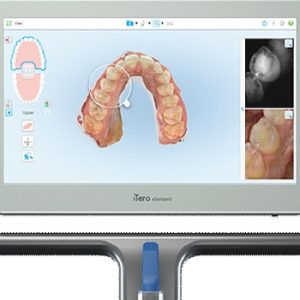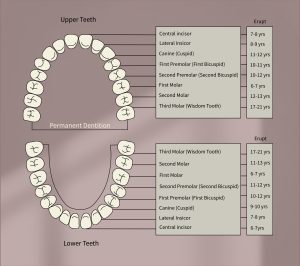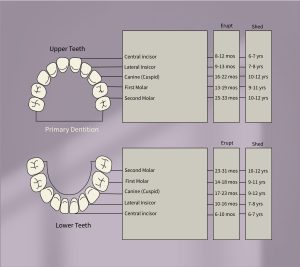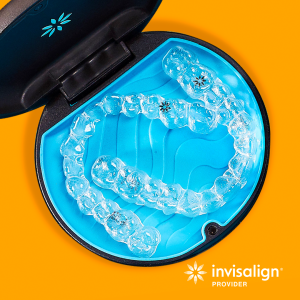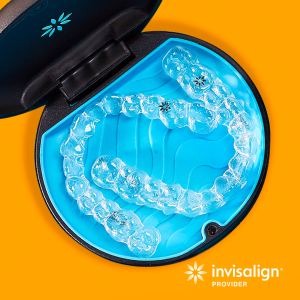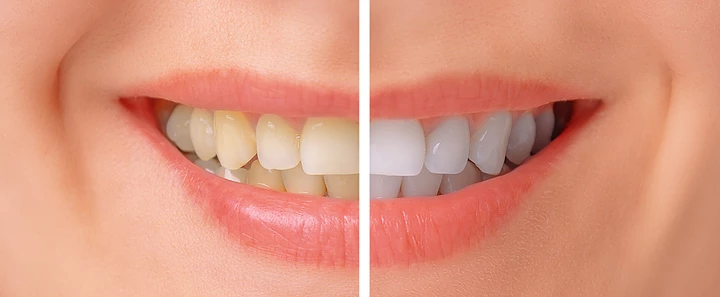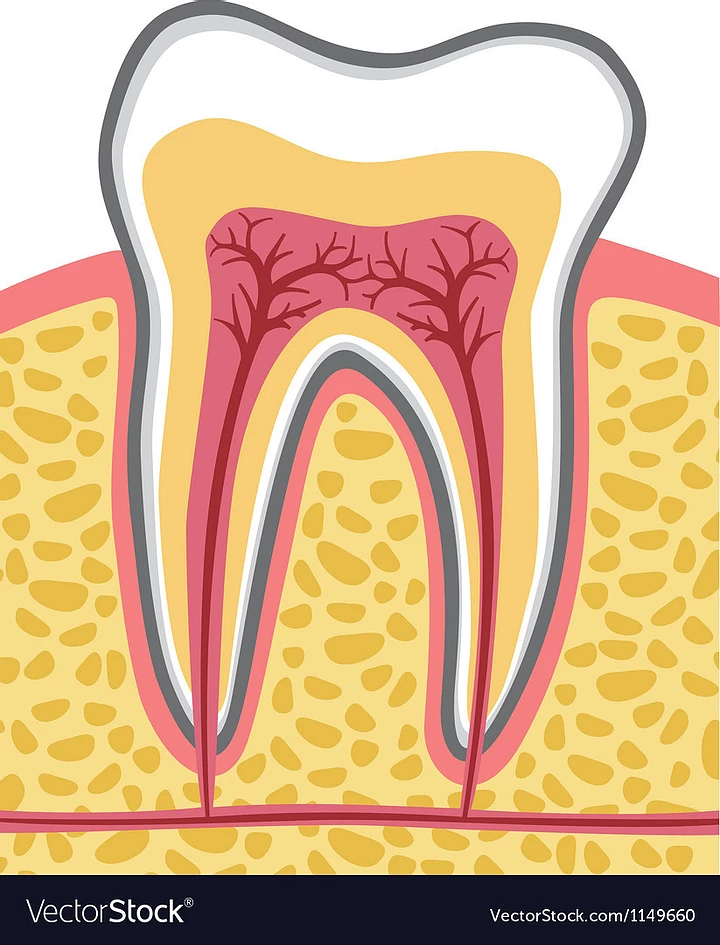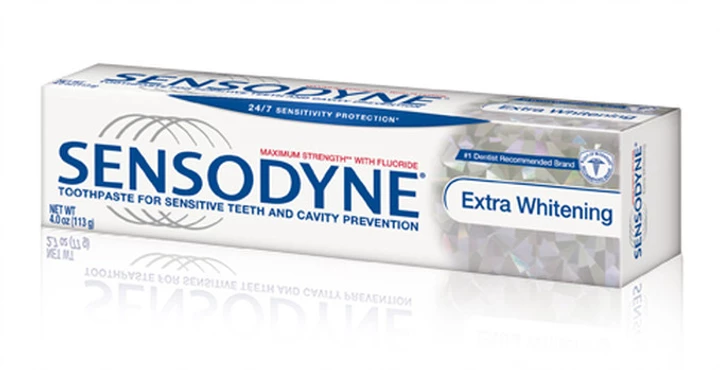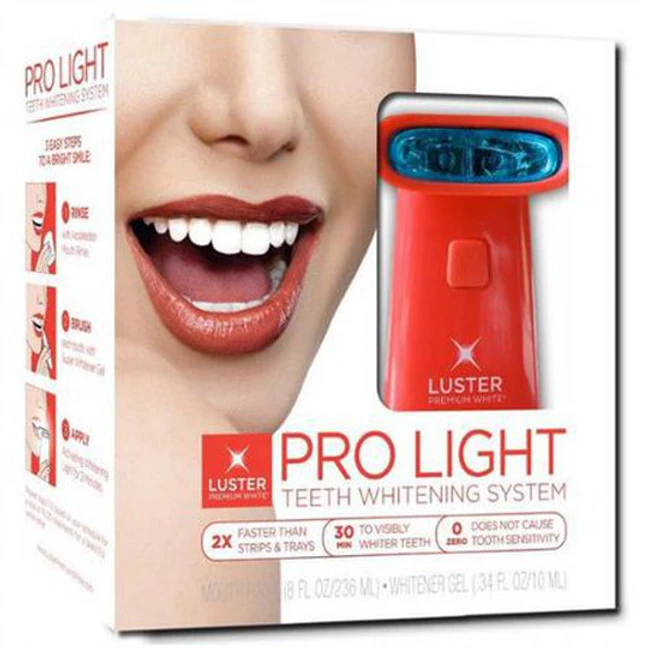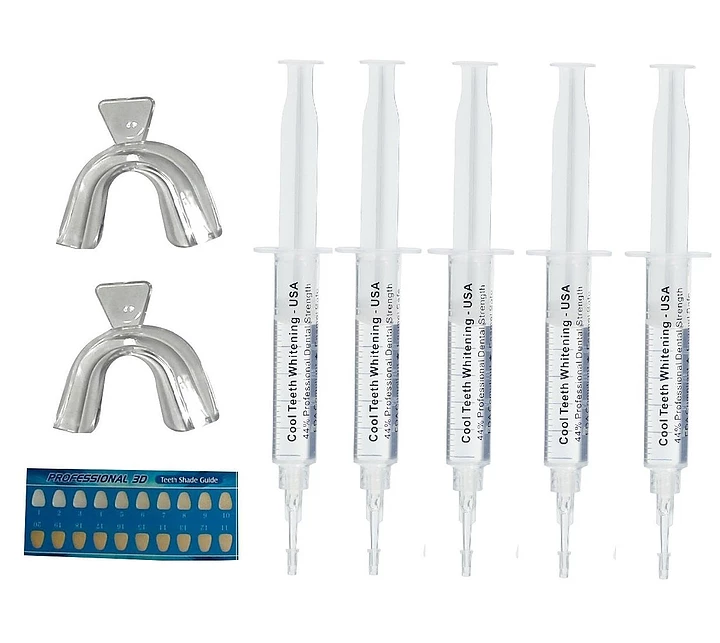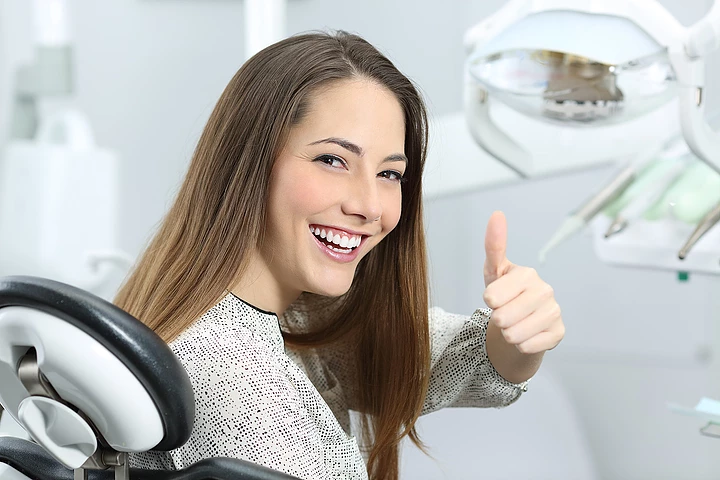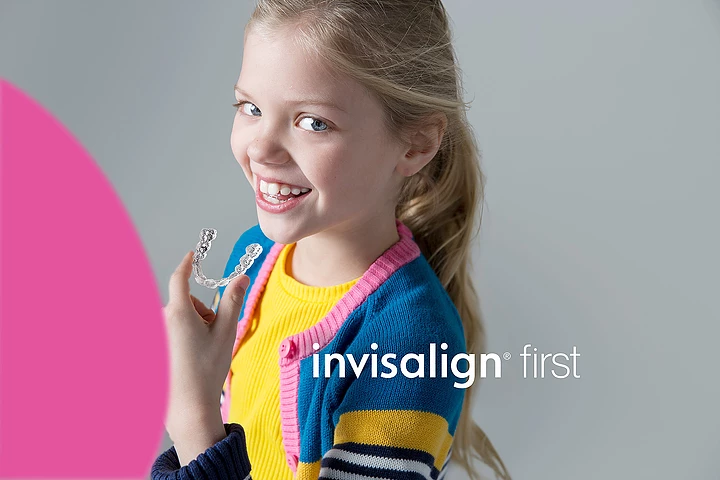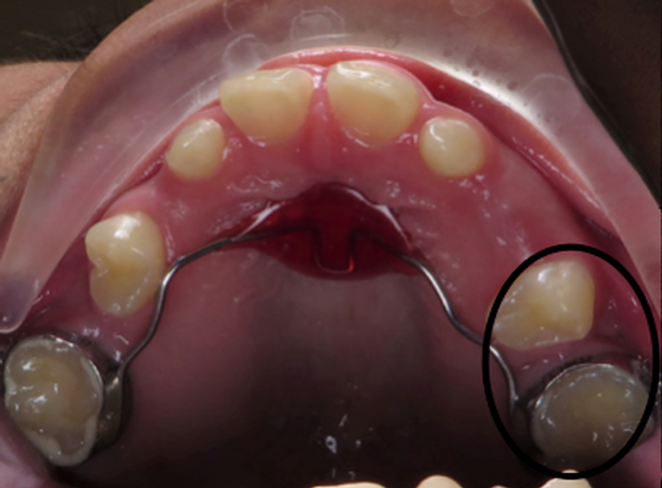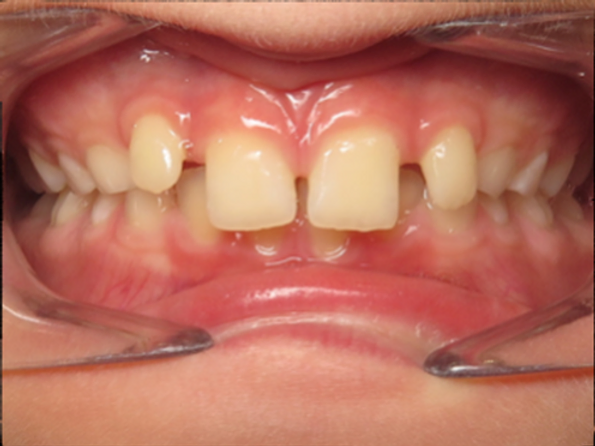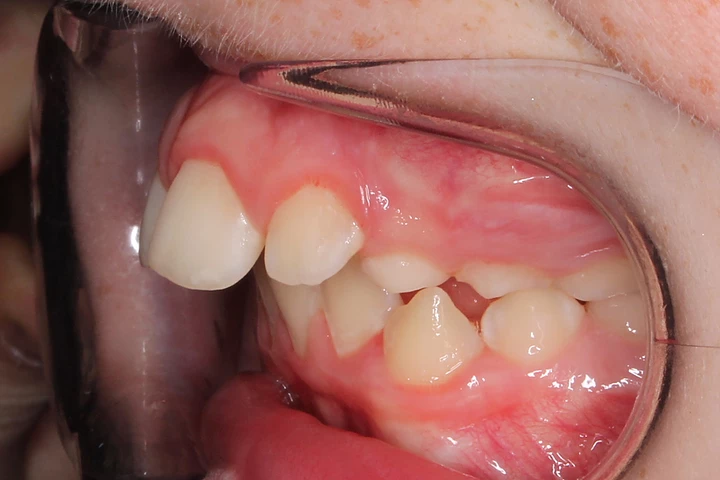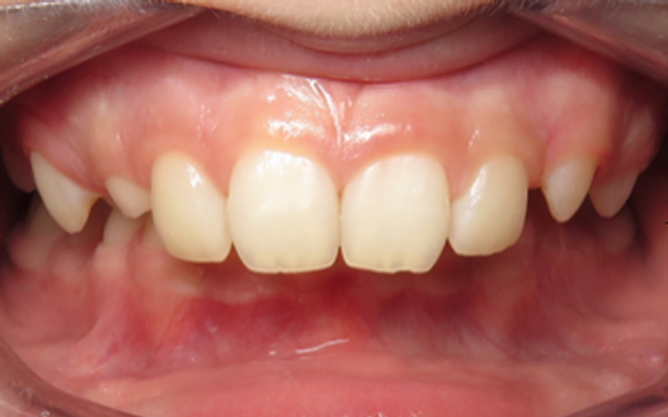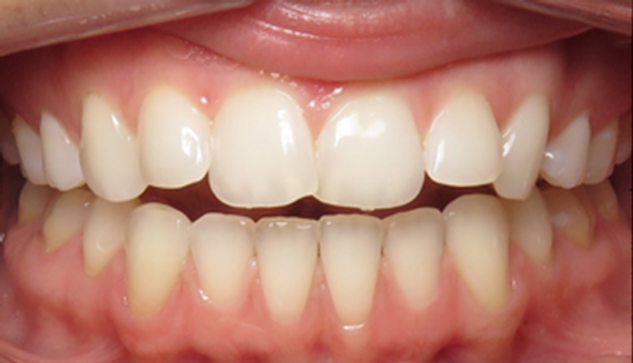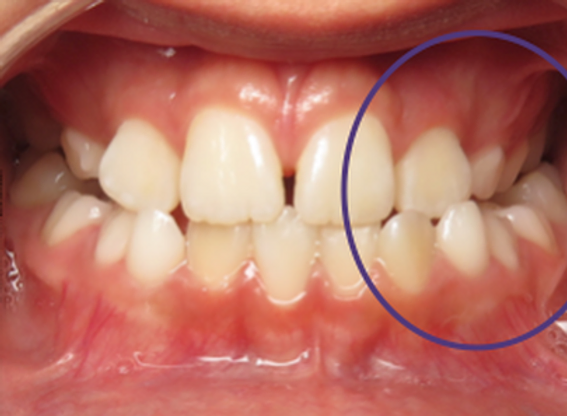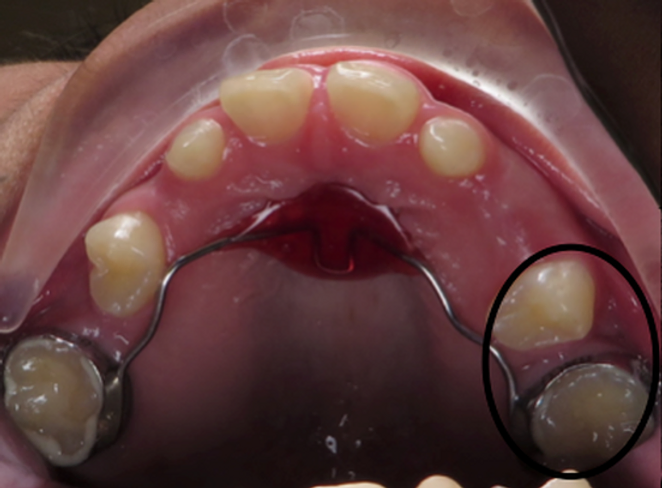Which Orthodontist Is Right For You?
When it comes to your child’s smile, choosing the right orthodontist is a crucial decision. At Impact Orthodontics in Midnapore, Calgary SE, we understand how important this choice is. We believe the perfect orthodontic experience combines a welcoming atmosphere, advanced treatment options, modern technology, comfort, transparent pricing, and knowledgeable practitioners who truly care about their patients.
A Welcoming Atmosphere
From the moment you step into our office, you will feel like part of the family. Our team, led by Dr. Jen and Dr. Dena, strives to create a positive and supportive environment for both children and parents. As the only two-woman orthodontic partnership in Calgary, we bring a unique perspective to patient care.
What Is The Best Timing For A Visit?
Orthodontic care can be provided to children as young as 5 or 6 (this is rare) and adults as mature as 80…and everywhere in between. Ideally, a first visit should be around age 7. This is when the first adult teeth are starting to come into the mouth and we can identify if any orthodontic treatment is needed now or in the future. Most children will not require braces, aligners or other appliances until they have all of their adult teeth (11-13 years old).
Early Treatment Options
Approximately 20% of children under the age of 10 will benefit from orthodontic treatment. We call this early or interceptive orthodontics. The goal with this type of care is to ensure the adult teeth can grow into the mouth into a good position and the jaw bones are in the right position and are the right size to end up with a good bite.
Comprehensive Treatment Options
We specialize in clear aligners and use a 100% custom braces system called LightForce. But our services don’t stop there. We also monitor growth and development in children at no charge, ensuring they receive the right treatment at the right time. And for those who’ve completed their treatment, we offer retainers to maintain that beautiful smile. If you are looking for a first, second or third opinion from an orthodontist in Calgary SE, please come by and see us.
Cutting-Edge Technology
At Impact Orthodontics, we’re proud to incorporate the latest technology into our practice. We use iTero intraoral scanners, eliminating the need for uncomfortable impressions. Our dental pain eraser ensures tooth movement is comfortable, and our 100% digital systems and treatment planning allow for precise and efficient treatments.
Transparent Pricing and Insurance Assistance
We believe in transparent pricing with no hidden costs, so you know exactly what to expect. Additionally, we’re here to assist you with any insurance claims and can direct-bill your insurance company, making the process as smooth as possible.
Experienced and Caring Orthodontists in Calgary SE
Dr. Jen and Dr. Dena are not just experienced orthodontists; they’re educators too. They’ve even written a book about orthodontics! We refer to our initial consultations as ‘tooth school,’ where we help patients and parents understand the ‘why’ and ‘how’ of our treatments.
But don’t just take our word for it! Here’s what one of our patients had to say in Google reviews:
“We have had the best experience at Impact! A super friendly, energetic, attentive, knowledgeable team of women. I appreciate how they go above and beyond in their explanation of the work they do. Our girls are enjoying their Orthodontic experience, which makes the process easier for all.”
“Professional, Efficient, and thorough. The staff at Impact Orthodontics are very professional, courteous and thorough. The office staff are so friendly and polite, Drs Jen and Dena and their clinical team know how to calm the kiddos nerves – and make the braces process easy and comfortable. Our 12 year old son has sensory needs and the care and attention he has received from Karen is second to none. Karen is patient, accommodating and has made the light force brackets a great experience with custom brackets for our son. Bravo and thank you to the entire team for outstanding orthodontic care for our family !”
Free Initial Consultation
If you are looking for an orthodontist in Calgary’s SE (or SW), look no further.
At Impact Orthodontics, we offer a free initial consultation for people under the age of 20. And the best part? You don’t need a referral from your dentist to see us! This appointment takes about 1 hour and we will provide you with information on the teeth and jaws, if and when treatment is recommended and all the information you need about fees, insurance, payment plans, etc.
Choosing an orthodontist is a big decision, but we’re here to make it easier. At Impact Orthodontics, we’re more than just a practice; we’re a family. And we can’t wait to welcome you to ours. Contact us today to book your free consultation!




